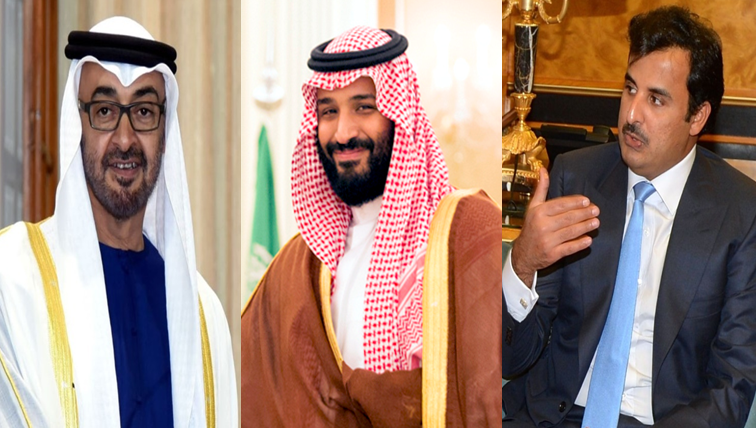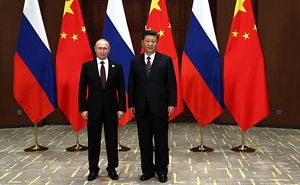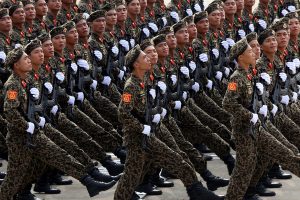 In June, soldiers from India and China engaged in a violent skirmish along the two countries’ unmarked border in the Galwan Valley in eastern Ladakh. At least 20 Indian soldiers were killed, along with an unspecified number of their Chinese counterparts, in what was the first such confrontation since 1975 that resulted in fatalities.
In June, soldiers from India and China engaged in a violent skirmish along the two countries’ unmarked border in the Galwan Valley in eastern Ladakh. At least 20 Indian soldiers were killed, along with an unspecified number of their Chinese counterparts, in what was the first such confrontation since 1975 that resulted in fatalities.
New Delhi and Beijing have now embarked on a fitful process of de-escalation. But even as the two parties seek to restore some semblance of normalcy along their shared border, a critical question lingers: Why was India’s security establishment seemingly blindsided by China? Local officials in Ladakh have in fact been sounding the alarm about Chinese forays into Indian territory for years, a fact that points to a complete breakdown in New Delhi’s intelligence gathering and risk assessment.
It wouldn’t be the first time. And India doesn’t seem to be learning crucial lessons from previous security failures.












